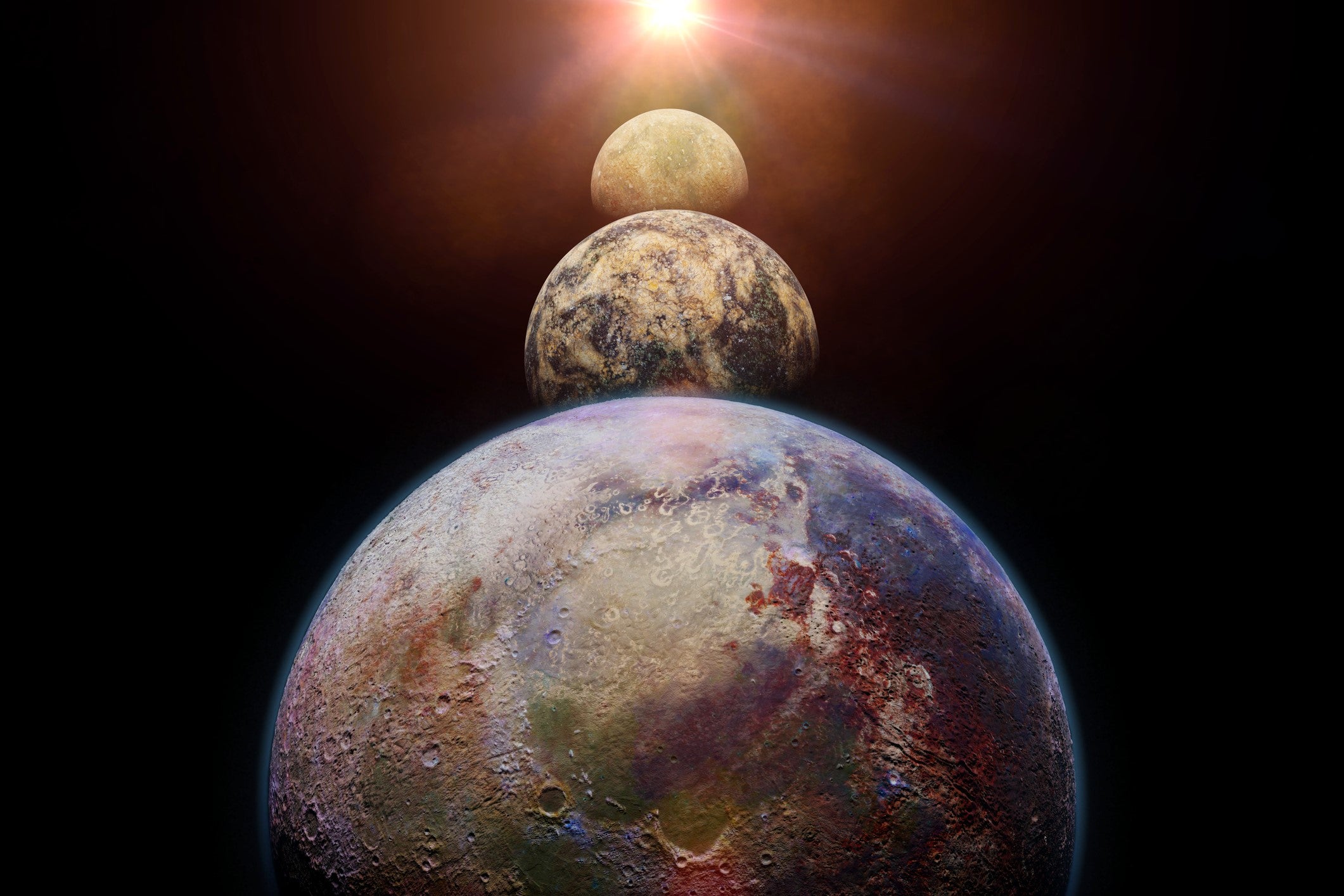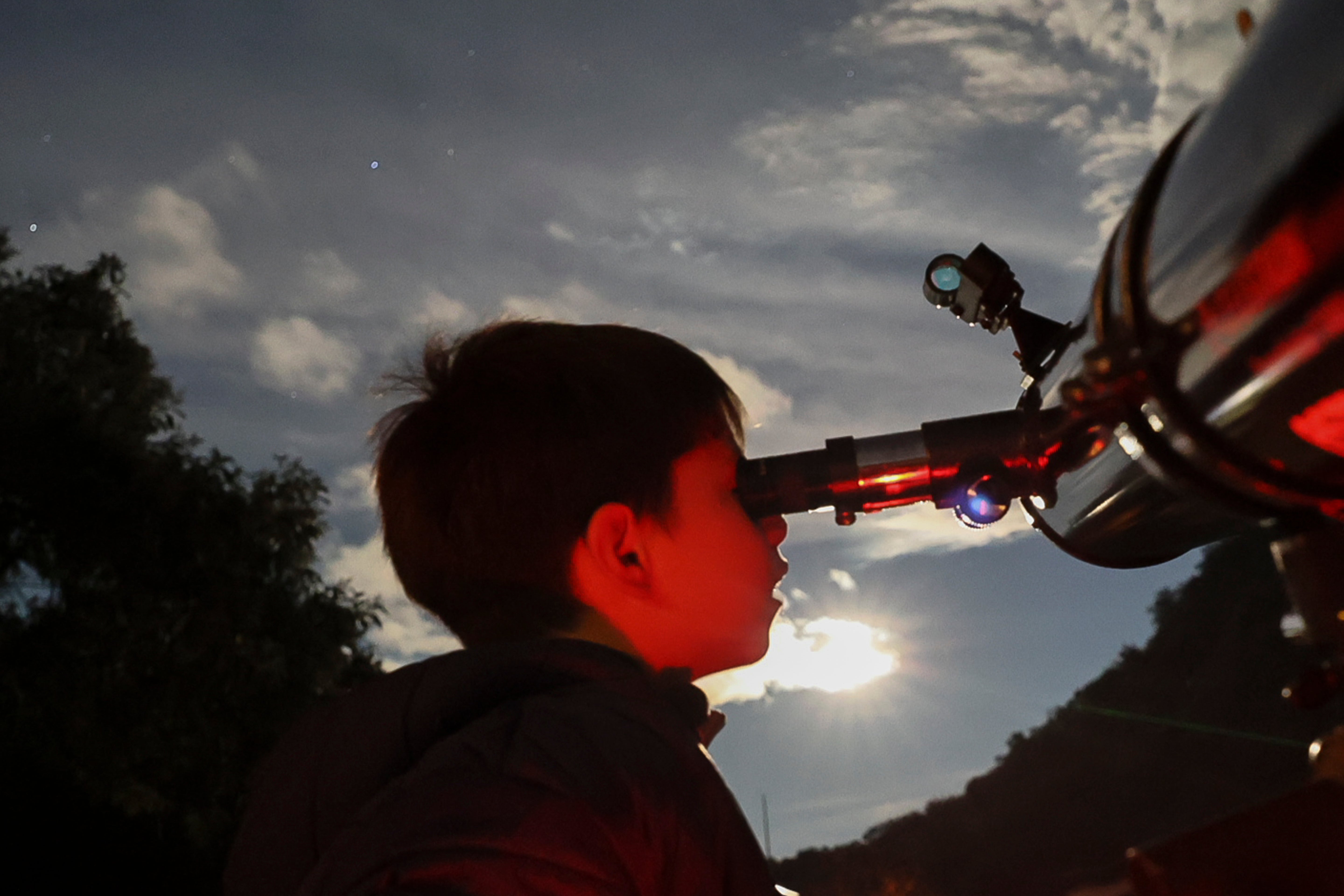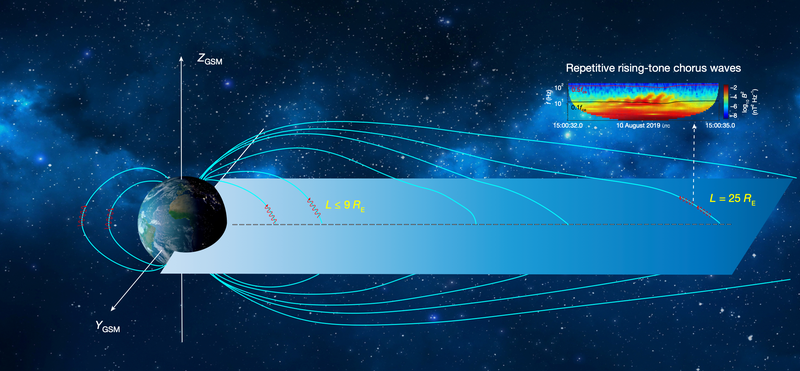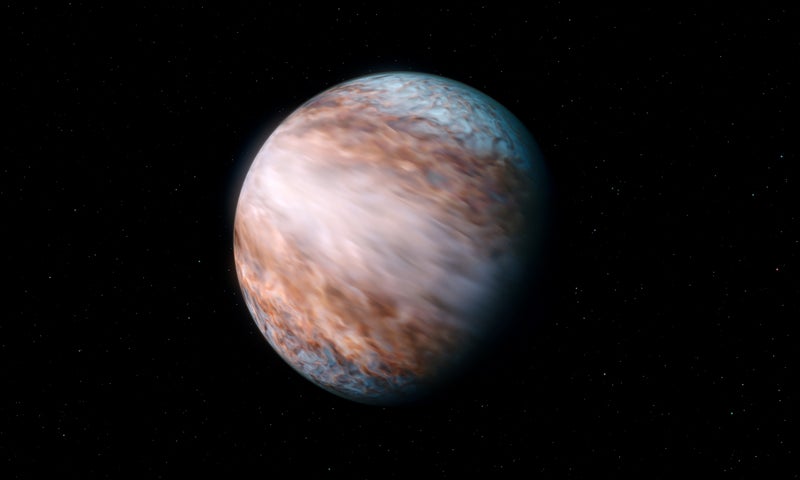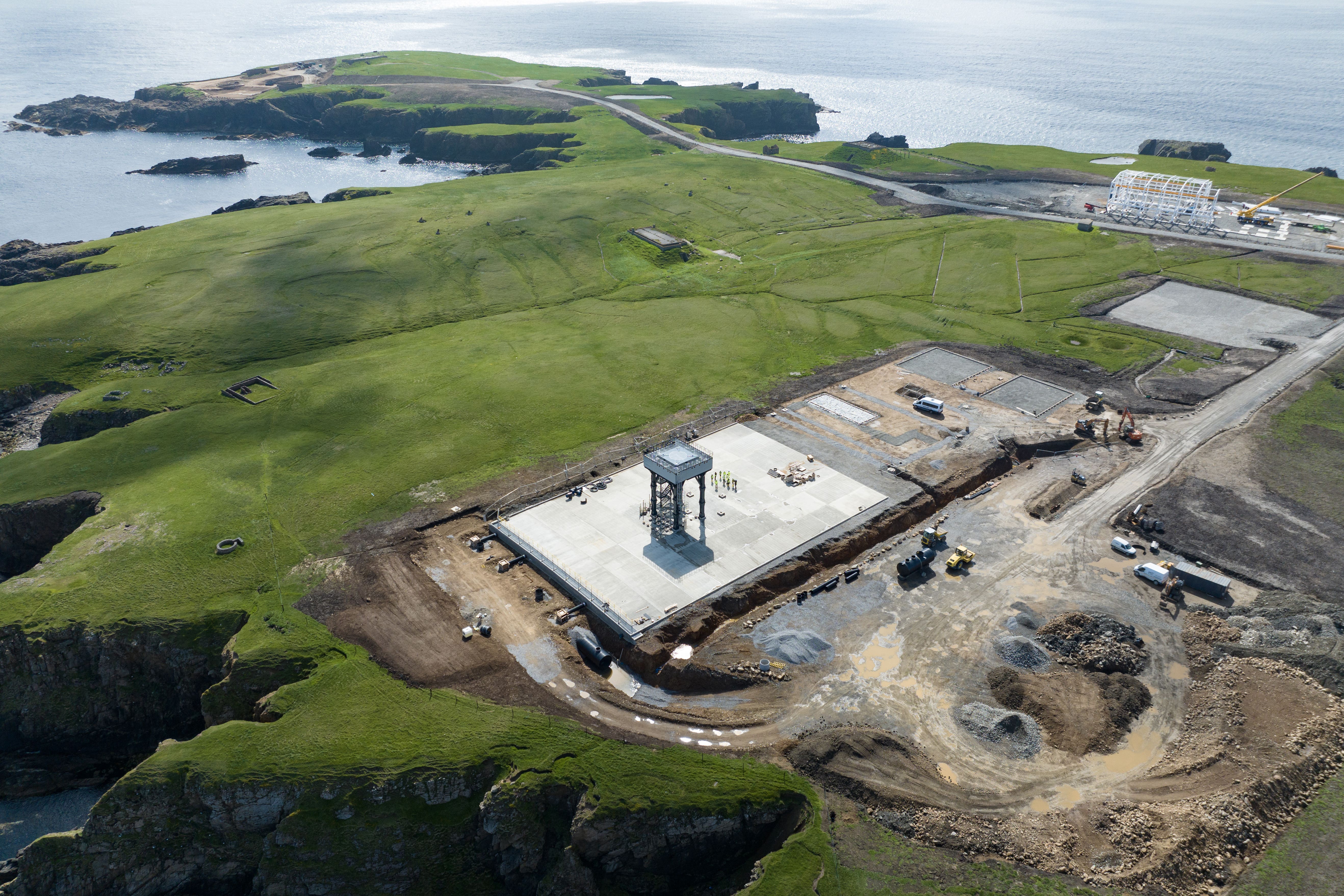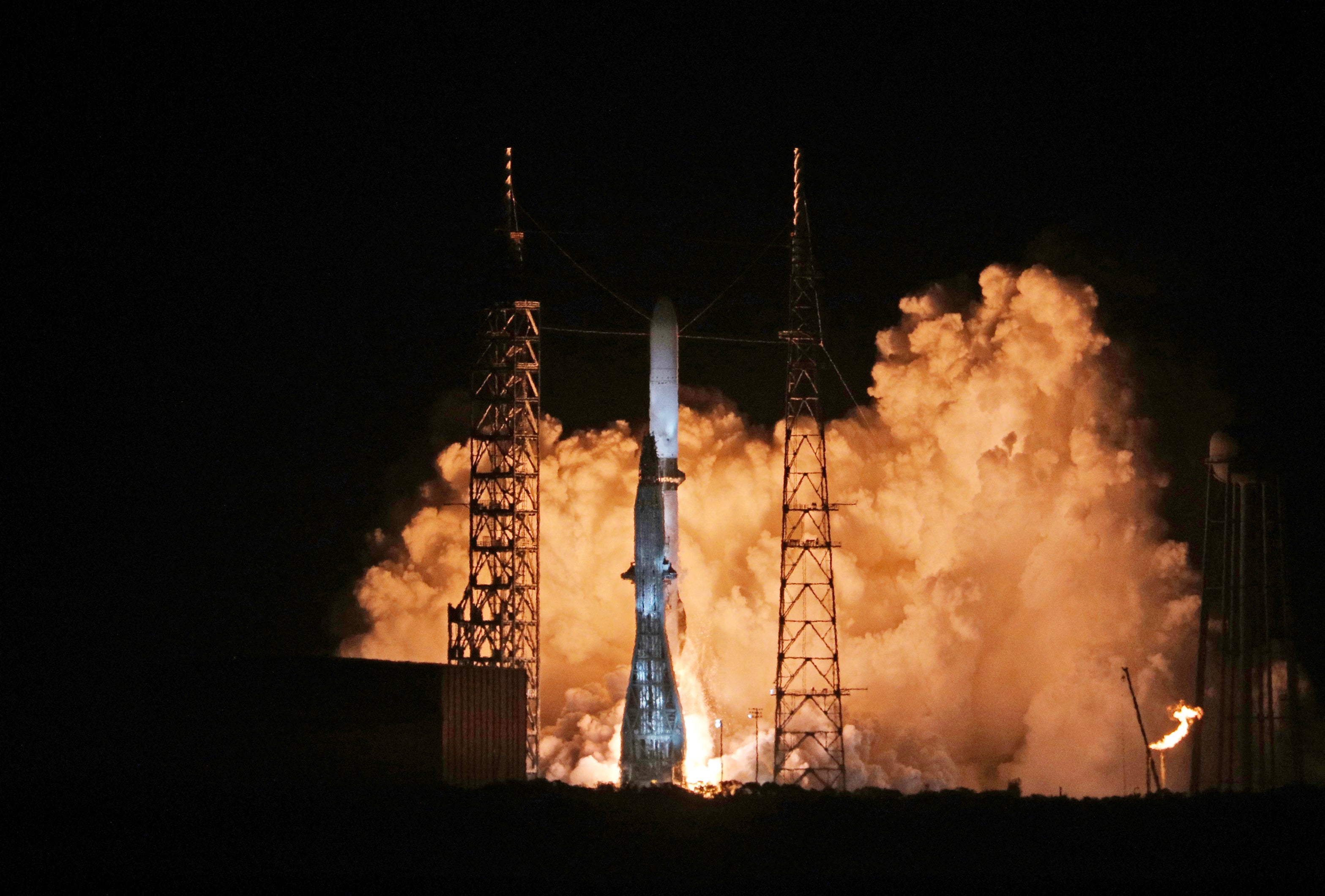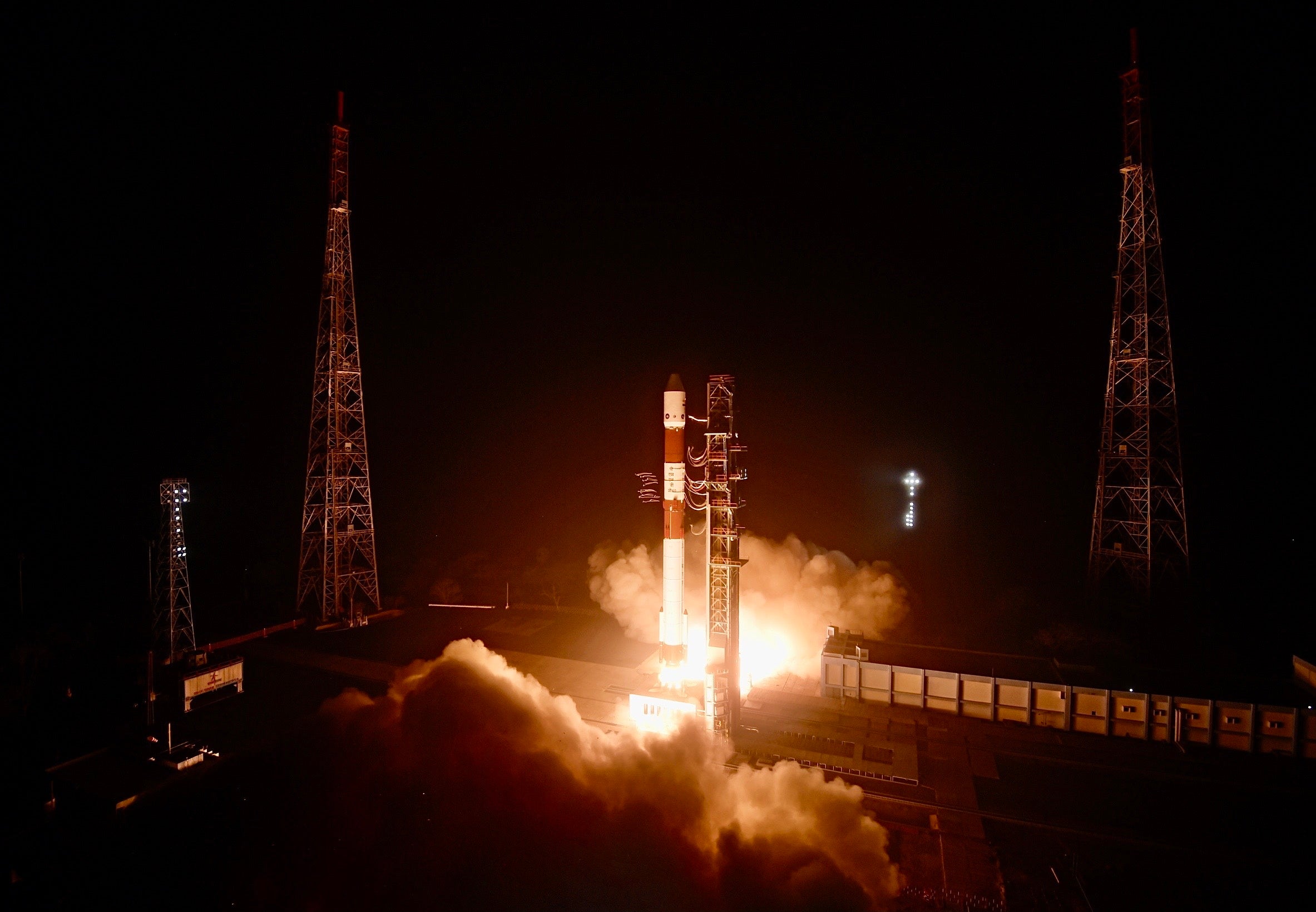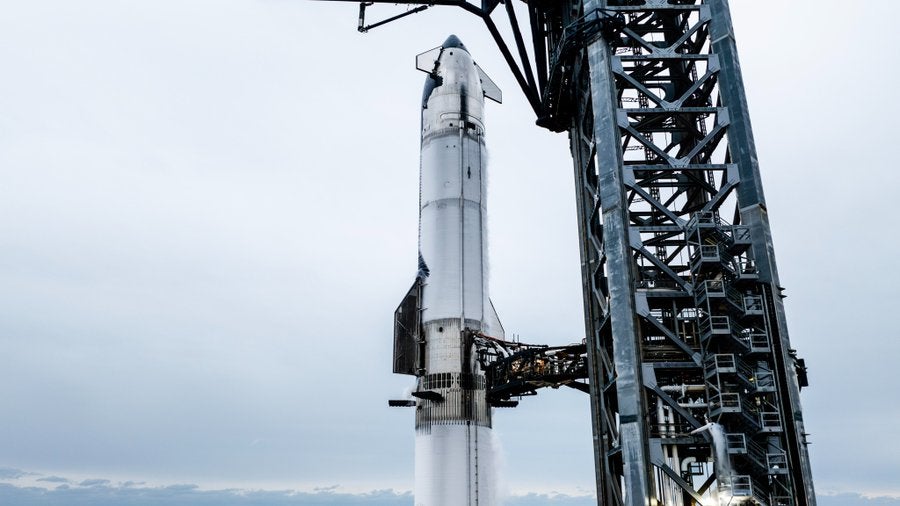‘Planetary parade’ will see planets align in rare spectacle
Share:
Celestial spectacle will not be repeated for another 400 years. January and February will see two remarkable planetary alignments, with one of them offering stargazers a chance to witness a celestial spectacle that will not be repeated for another 400 years.
![[How the planets will appear looking south-southeast at 7pm in mid-January]](https://static.independent.co.uk/2025/01/16/10/planetary-alignment-nasa-january-2025.jpg)
On Friday 17 January and Saturday 18 January, six planets will line up in the night sky, in an event that some astronomers refer to as a planetary parade. Mars, Jupiter, Neptune, Saturn, Uranus and Venus will appear together in a row, although Neptune and Uranus will only be visible with binoculars or a telescope.
![[Mars, Jupiter, Saturn, and Venus will be visible with the naked eye in mid January]](https://static.independent.co.uk/2024/06/03/09/planetary%20alignment%202024%20mars%20venus.jpg)
Then on 28 February, seven planets will align in a spectacular configuration that will not occur again until the year 2492. The best time to see the planetary parade in January is during the first couple of hours after the Sun goes down, with Saturn and Venus appearing close to each other in the southwest, Jupiter high overhead and Mars in the east.
The Red Planet will also be reaching “opposition” this month, making its closest approach to Earth in two years. It will therefore appear bigger and brighter in the night sky, making the planetary alignment even more pronounced. “You’ll have the opportunity to take in four bright planets in a sweeping view,” said Preston Dyches from Nasa’s Jet Propulsion Laboratory.
